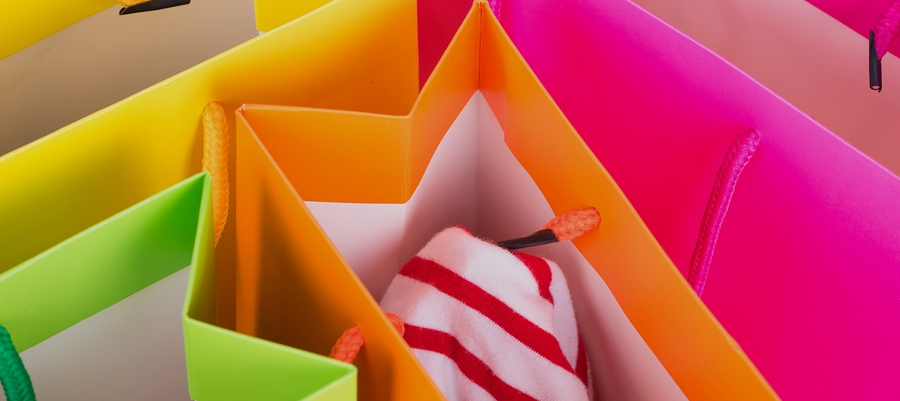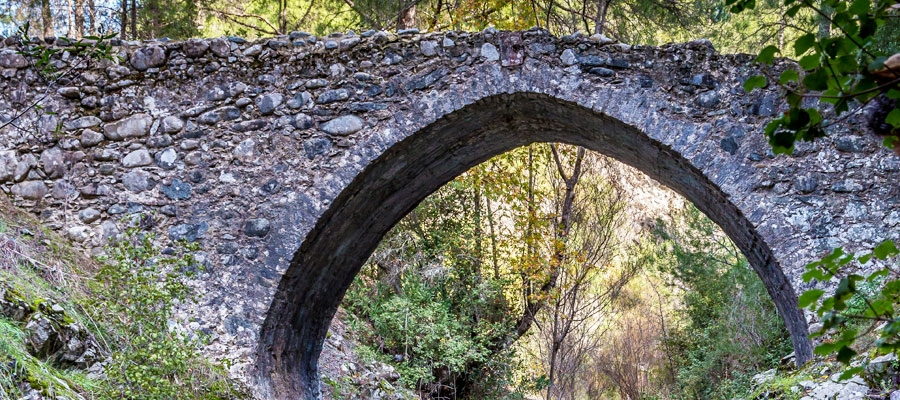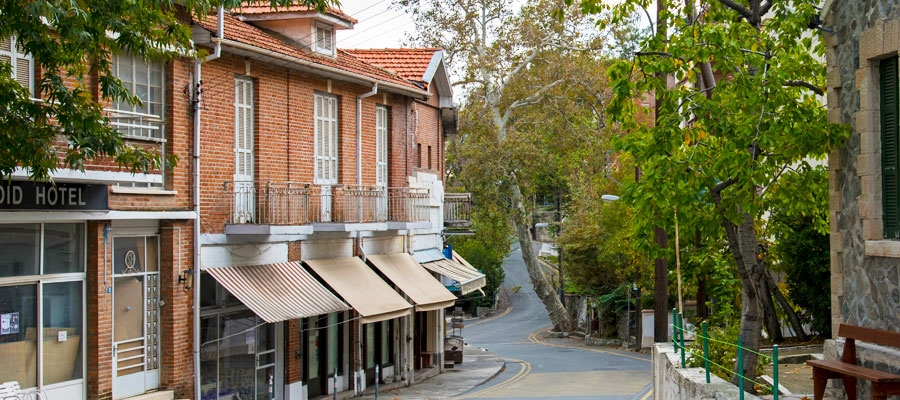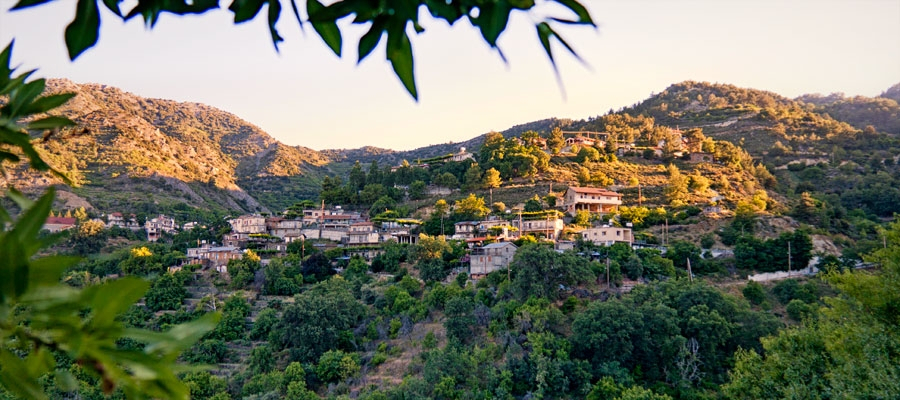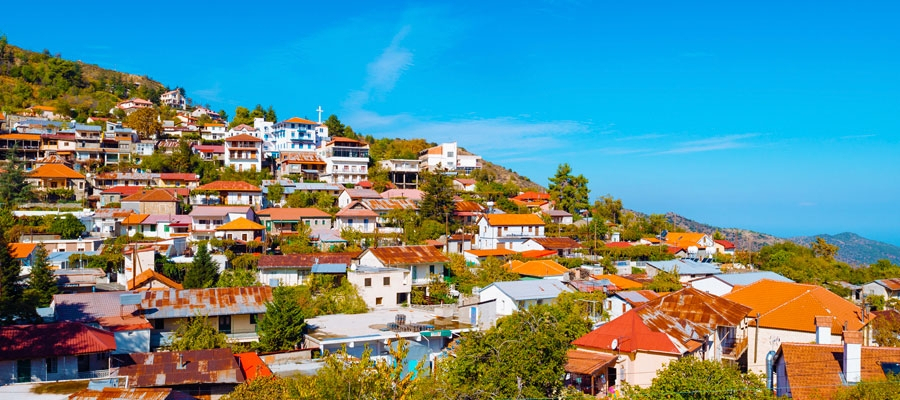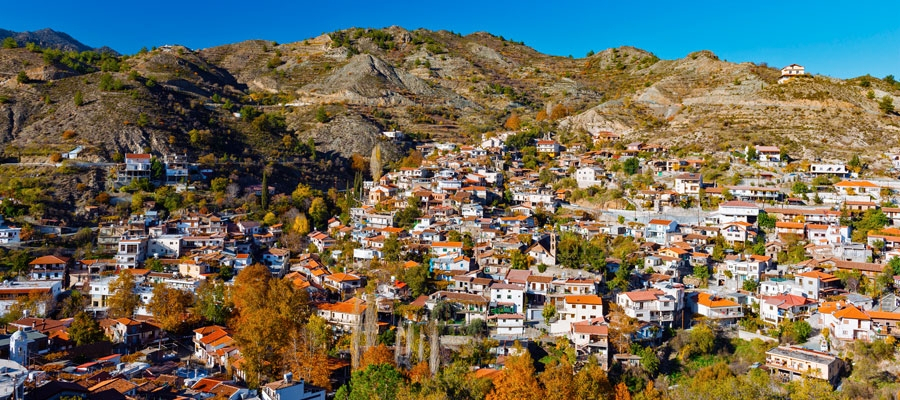Whilst Cyprus offers the modern shopping experience you would expect from a European country – with high streets and malls of brand names and independent retailers – the island also retains its traditional shopping allure with unique, locally made items.
With a rich history and many local handicrafts still practised as a speciality in individual villages and regions, you can pick up an authentic piece of the island’s heritage, from intricate lace tablecloths to rustic pottery. And the art of handmade or authentic continues with food and drink, such as painstakingly prepared sweets and delicacies and bottles of olive oil, or the world’s most historic wine.
The island is also popular for its custom-made jewellery and clothing, including gold, leather and tailoring, making it easy and cost-effective to have a one-off created specially to your specifications, taste and personality.
So, whether as a souvenir, a gift for loved ones, or just to treat yourself, there are a multitude of wonderful items you can purchase to take home… the only problem will be deciding what to buy, and how to fit it all in your suitcase!

